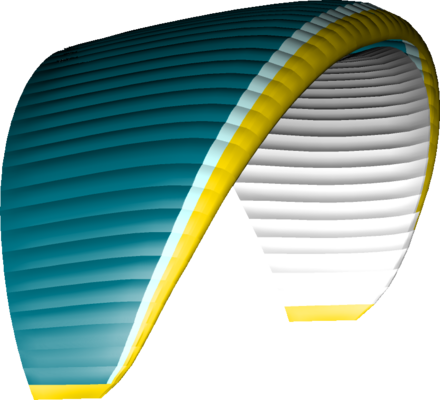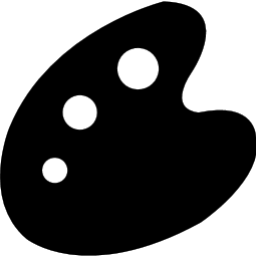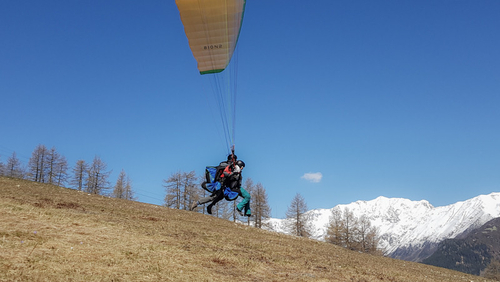
Excellent take off and landing characteristics. Like the previous model, the BION 2 has excellent launch characteristics. Just a light pull is necessary to make the canopy rises above the pilot and passenger in a controlled and even manner. In comparison to its predecessor, this tandem is more comfortable to land due to the new wing design and the optimised brake configuration. In the final landing phase the wing converts every brake input and ensures a safe and controlled flare..
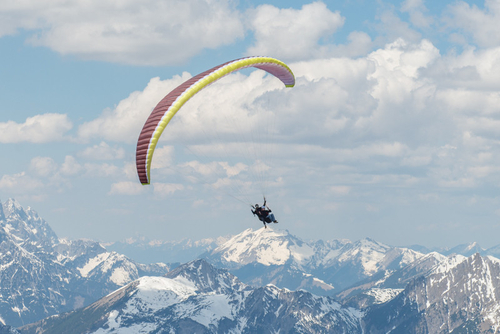
Maximum potential and fun. The BION 2’s precise handling means that a little brake input results in the desired reaction. Thanks to the significant trim travel and the resulting wide speed range, the wing maintains its precision across the entire weight range of 120 kg to 225 kg. This balance of flight characteristics, coupled with great performance, provides new opportunities for cross-country pilots.
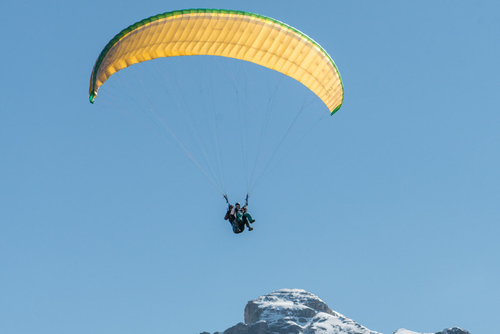
Prepared for every eventuality. Anyone who flies a tandem carries a great responsibility. Your demand for a high degree of safety will be fulfilled with the BION 2. We made sure the BION 2 is “NOVA standard" by testing it more than the required certification tests and we can guarantee the highest degree of passive safety. These high safety standards should be a dream come true for all responsible tandem pilots.
Useful information

- The BION 2 has only three line areas. This reduces drag and simplifies line sorting.
- The risers have also benefited from eliminating the fourth line area. They are lighter, easier to handle and this makes inflating the canopy simpler.
- The undersurface of the BION 2 is made from lightweight material, the weight of the risers has been reduced and the internal wing construction has been optimised. In comparison to the BION 1, this is a weight reduction of 700 grams, whilst retaining the same durability.
- The new profile demonstrates excellent thermalling characteristics when the trimmers are closed. With the trimmers open, the BION 2 offers unusually high speed with excellent glide performance.
Trimmer
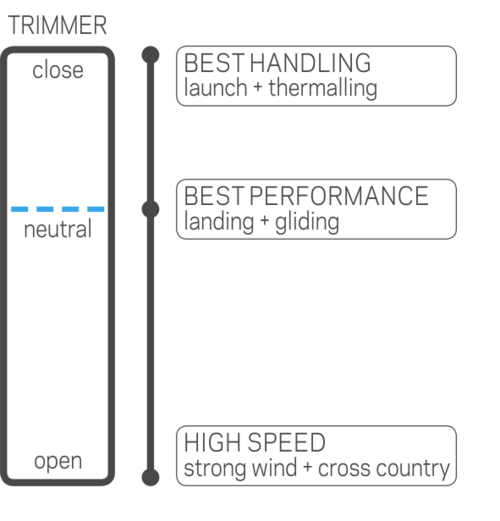
When the trimmers are fully closed, the maillons are not at the same level, as is normally the case; the C-riser can be shortened even more in comparison to the A-riser. This trimmer setting offers the best handling in thermals with reduced sink.
When the BION 2 trimmers are fully open the wing impresses with an unusually high top speed, which provides you with more safety on windy days.
Technical data
| M | L | ||
|---|---|---|---|
| Number of cells | 49 | 49 | |
| Projected span | m | 10,75 | 11,43 |
| Projected area | m² | 31 | 35 |
| Projected aspect ratio | 3,73 | 3,73 | |
| Flat span | m | 14,11 | 15,00 |
| Flat area | m² | 37 | 41,75 |
| Flat aspect ratio | 5,39 | 5,39 | |
| Line diameter | mm | 2,5 / 1,2 / 1 | |
| Line length | m | 7,25 | 7,73 |
| Total line length | m | 334,8 | 355,7 |
| Max. chord | m | 3,27 | 3,48 |
| Min. chord | m | 0,73 | 0,78 |
| Weight | kg | 7,5 | 7,9 |
| Recommended take off weight | kg | 90-200 | 120-225 |
| Certification (EN/LTF) | B | B | |
FAQ
The brakes are components relevant to certification - modification can affect the flying characteristics and extreme flight behaviour. Because of this, we strongly advise against any modification of the brake system. It is important that the brake has sufficient travel before it engages. This is also important so that the wing does not brake automatically when the speed bar is used. Furthermore a brake that engages too early affects performance and influences the recovery during incidents, for example during a collapse or when the canopy goes parachutal.
Performance data depends heavily on the drag created by the pilot and this is linked to their seating position and harness type. An aerodynamic harness or seating position can make the difference of one glide ratio point. We at NOVA never determine absolute performance data, instead we make comparisons with reference gliders. For this reason we do not publish performance data.
The way a pilot holds the brake handles is a matter of personal preference - but it does have significant influence on the handling and flying characteristics of the wing. We recommend a half-wrap. You hold the brake handle in your palm and twist it half way around your hand so that the brake line lies between your thumb and forefinger. This shortens the brake travel by approximately 20 centimetres and this has a positive effect on feedback - firstly you directly feel the travel of the brake line and secondly, with the arms positioned higher, it is easier to feel the wing. The exception is of course when gliding or during other phases of the flight when steering with the brake is not necessary. Please note: when changing from no-wrap to half-wrap, the shortened brake travel must be taken into consideration.
Simplicity is our motto. Our wings can be packed using a concertina bag, but it is not essential. You can fold this wing using your preferred method and pack it in our stuff sack. Be careful not to bend the leading edge rods unnecessarily. This is particularly true if the wing is to be stored for longer periods or if it is packed tightly.
Sail cloth, lines and all other components are subjected to rigorous testing before they are used in serial production. We not only test the sail cloth for durability (high porosity or reduced tear resistance through UV damage or wear) but also for mechanical robustness, for example stretching. For quality control purposes we regularly take samples during serial production.
During the initial flights the lines are first subjected to load. This load induces a small degree of stretching and shrinking. These are not associated with the line manufacturers or the quality of workmanship - in the factory all NOVA paragliders are trimmed and pre-stretched to within a very low tolerance. To adjust this stretching or shrinking, we recommend that the wing is taken for NTT (NOVA Trim Tuning) after ten to twenty flights - after one year at the very latest. Generally, the line lengths remain constant after the first ten to twenty hours. To make full use of the NTT, NOVA encourages all pilots to have their wing checked after ten to twenty flying hours.
Dry, not packed too tightly and if possible in a space without wide temperature variations - these are the conditions that make our paragliders feel well. You should never store a wing when it is moist. You should also avoid excessive heat, like you would have, for example, in the car. Never remove dirt using chemical detergents and/or brushes.
The best person to contact is your authorised NOVA dealer. If there are no paragliding schools in your country, contact the NOVA importer. A list of our dealers and distribution network can be found here. If you have specific questions you are welcome to contact us directly.
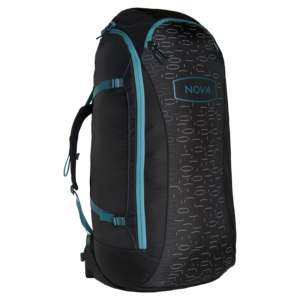 NOVA Rucksack.
NOVA Rucksack.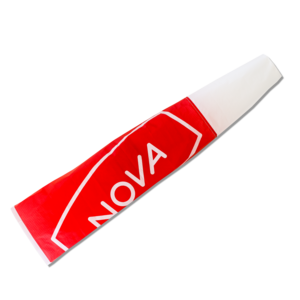 NOVA windsock.
NOVA windsock.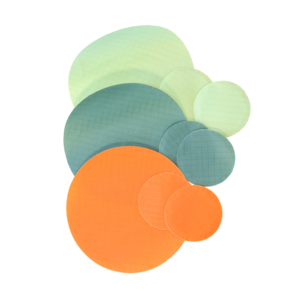 Repair kit.
Repair kit.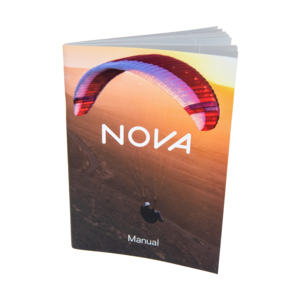 Manual.
Manual.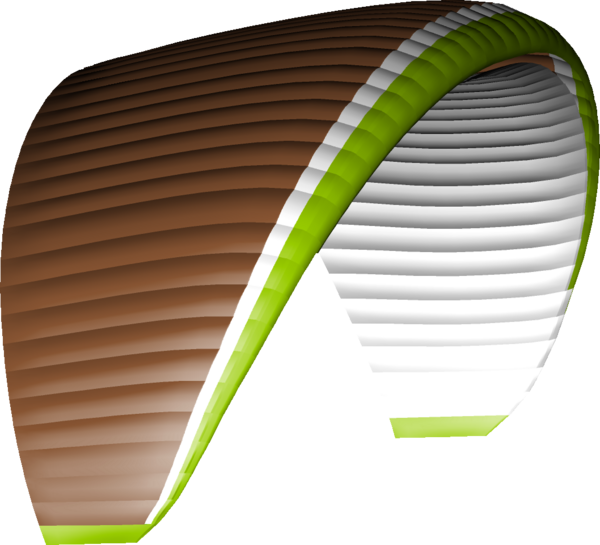 Mokka
Mokka
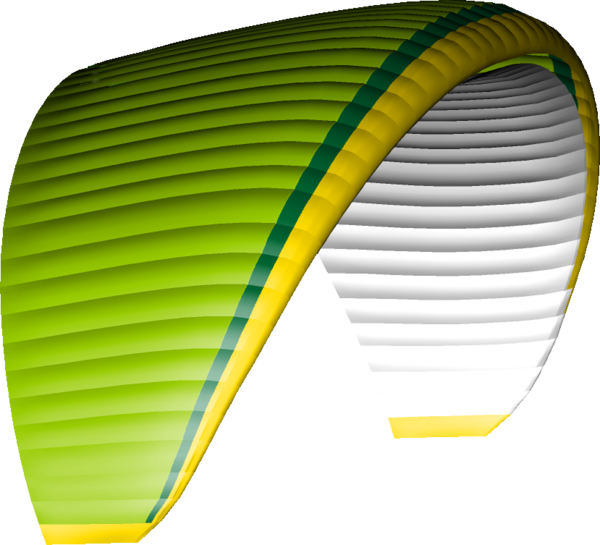 Lime
Lime
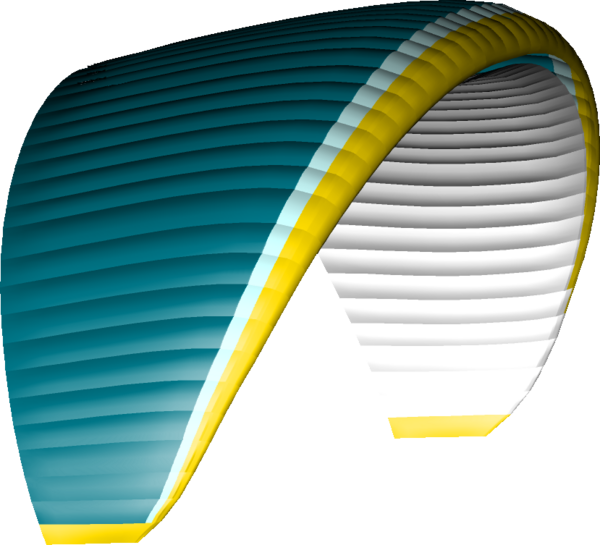 Petrol
Petrol
